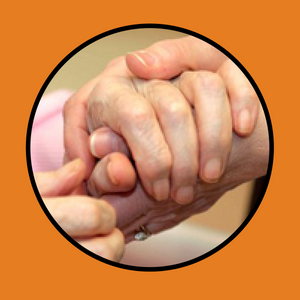In a world where so many people are struggling and facing difficult circumstances, giving messages of hope can be a powerful way to make a difference. Whether it’s a kind word, a thoughtful gesture, or simply a few moments of your time, giving to individuals in need can have a profound impact on their lives.
Messages to the elderly
One group that often benefits from messages of hope is the elderly in nursing homes. These individuals may feel isolated, alone, and forgotten, especially if they have limited mobility or health issues. By reaching out to them with messages of hope and encouragement, you can help them feel seen, valued, and connected to the world around them.
Messages to Children
Sick children are another group that can benefit greatly from messages of hope. When a child is dealing with a serious illness or health condition, it can be incredibly scary and overwhelming for them and their families. By sending messages of hope, you can help these children and their loved ones feel supported and uplifted during difficult times.
Messages to the Homeless and Displaced
Homeless people are yet another group that can benefit from messages of hope. These individuals may feel invisible or ignored by society and may struggle with feelings of shame, worthlessness, or hopelessness. By reaching out to them with kindness and compassion, you can help them feel seen, heard, and valued as human beings.
Giving messages of hope doesn’t have to be complicated or time-consuming. Simple gestures like writing a note, sending a card, or making a phone call can all make a big difference in the lives of those who receive them.
Here are some tips to help you get started:
- Be genuine: When you reach out to someone with a message of hope, make sure that your words are sincere and heartfelt. Avoid platitudes or cliches, and focus on what you truly want to say.
- Keep it simple: Your message doesn’t need to be long or complicated. A few words of encouragement or support can be just as powerful as a lengthy letter.
- Be specific: If you know the person you’re sending the message to, try to include a personal touch that shows you know and care about them. For example, you could mention a shared interest, a favorite memory, or a personal quality that you admire.
- Offer practical help: If you’re able to offer concrete support, such as running an errand or providing a meal, make sure to include that in your message of hope.
- Follow up: After sending your message, try to check in with the person to see how they’re doing. A simple phone call or text message can show that you care and are there for them.
Giving messages of hope to individuals in need can be a powerful way to make a difference in the world. By reaching out with kindness, compassion, and support, you can help others feel seen, valued, and connected to the world around them. So why not take a few moments today to reach out to someone in need, and brighten their day with a message of hope?





